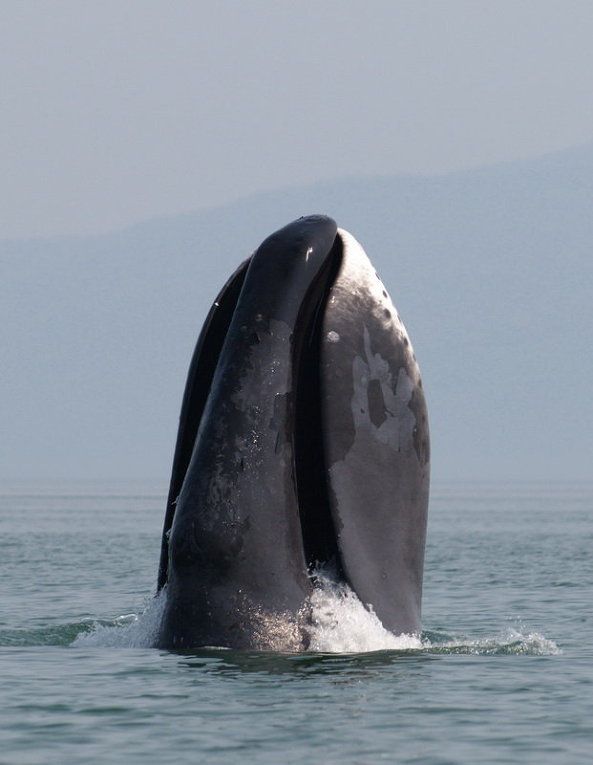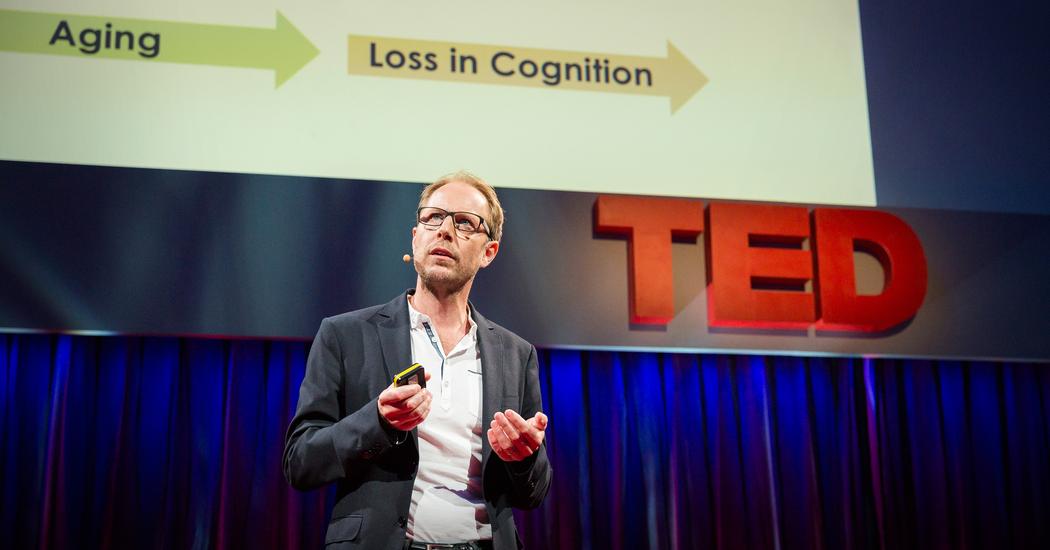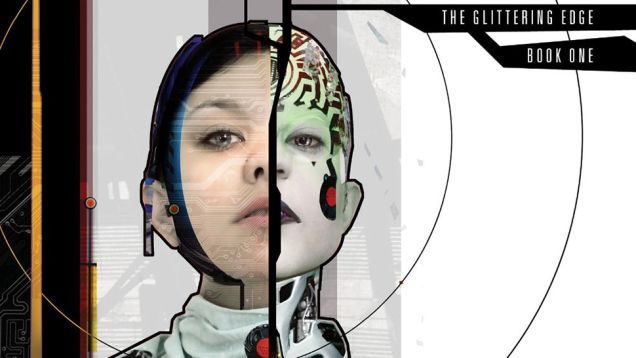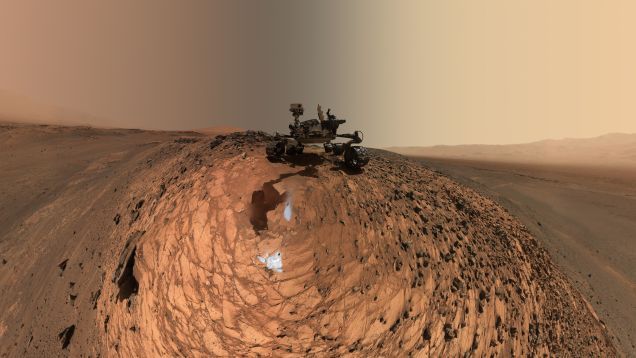Page 11723
Aug 20, 2015
Peto’s Paradox: Why Don’t Larger Animals Get Cancer More Often?
Posted by Roy in categories: biotech/medical, evolution, genetics, life extension
If cancer is predominantly a random process, then why don’t organisms with thousands of times more cells suffer more from cancer? Large species like whales and elephants generally live longer, not shorter lives, so how are they protected against the threat of cancer?
While we have a great deal more to learn when it comes to cancer biology, the general belief is that it arises first from mutation. It’s becoming clear it’s actually an incredibly complicated process, requiring a range of variable factors such as mutation, epigenetic alteration and local environment change (like inflammation). While some students may have spent sleepless nights wondering how many mutated cells they contain after learning the fallibility of our replication mechanisms, the reality is that with such an error rate we should all be ridden with cancer in childhood — but we’re not. Our canine companions sadly often succumb around their 1st decade, but humans are actually comparatively good at dealing with cancer. We live a relatively long time in the mammal kingdom for our size and even in a modern environment, it’s predominantly an age-related disease.
While evolution may have honed replication accuracy, life itself requires ‘imperfection’ to evolve. We needed those occasional errors in germ cells to allow evolution. If keeping the odd error is either preferable or essentially not worth the energy tackling when you’re dealing with tens of trillions of cells, then clearly there is more to the story than mutation. In order to maintain a multi-cellular organism for a long enough period, considering that errors are essentially inevitable, other mechanisms must be in place to remove or quarantine problematic cells.
Aug 20, 2015
How young blood might help reverse aging. Yes, really
Posted by Shailesh Prasad in categories: biotech/medical, life extension, neuroscience
Tony Wyss-Coray studies the impact of aging on the human body and brain. In this eye-opening talk, he shares new research from his Stanford lab and other teams which shows that a solution for some of the less great aspects of old age might actually lie within us all.
Aug 20, 2015
A Vacant Lot In Wyoming Will Become One Of The World’s First Vertical Farms
Posted by Shailesh Prasad in categories: employment, food, sustainability
A unique conveyer belt design allows the three-story greenhouse to be efficient and sustainable, providing jobs and fresh produce to the Jackson community.
Aug 20, 2015
Here’s A Book That Adds a Fascinating New Dimension to Posthuman Space Opera
Posted by Sean Brazell in categories: cyborgs, entertainment, space
By now, the stories of humans transcending their limitations in space have become pretty much ubiquitous. We’ve had space cyborgs, space immortals, and tons of other posthumans in space. But the new novel Edge of Dark by Brenda Cooper still represents a fascinating new approach. http://www.amazon.com/gp/product/B00?tag=lifeboatfound-20…
Aug 19, 2015
This Is the Curiosity Rover’s Newest Selfie—and There’s Something Unusual About It
Posted by Sean Brazell in categories: robotics/AI, space
The Curiosity rover has snapped a brand new self-portrait and, like any good newbie selfie-taker, it’s figuring out its best angles—not only to show itself off, but also to show us something new about the Martian landscape it lives on.
This newest selfie was made, like the others, by stitching together panoramic shots from the rover’s Mars Hand Lens Imager. But by dropping to a low-camera angle and not an overhand shot like before, we’re suddenly able to see the full surrounding horizon. Essentially, we’re seeing not just Curiosity in this selfie; we’re also seeing what Curiosity sees. That view becomes even more pronounced in this second version of the selfie, this one with the horizon wrapped entirely around the robot:
Aug 19, 2015
This cool Christmas tale features love, spaceships, and scary meteors
Posted by Sean Brazell in categories: entertainment, space
Anomaly is an unusual Christmas tale, set in the late 60’s, which tells the story of a group of people connected by the same astrological event: A frightening meteor that will enter and exit the atmosphere. It is weird and sad and hopeful and just really interesting to watch.
Anomaly is an independent short film directed by Dan DiFelice & Salomon Lightelm. The film rose up to $60,000 in its Kikstarter campaign but it looks as gorgeous as if they had spent two million. Great post production houses like The Mill and Framestore also collaborated in the project. We featured Anomaly here the same day it was released on the Internet and we are very happy to have it on the Sploid Short Film Festival.
Aug 19, 2015
This Startup Is Developing an Electric Car Battery That Can Charge in Minutes
Posted by Shailesh Prasad in categories: energy, transportation
Aug 19, 2015
Get Ready To 3D Print Your Own Satellites In Space — By Neel V. Patel | Inverse
Posted by Odette Bohr Dienel in categories: 3D printing, satellites, space

“A California startup called Made In Space wants to make 3D for use in orbit. The idea is to give consumers the opportunity to allow their own satellites to be built right there, several hundred miles above Earth’s surface. Plans are in motion to send up a printer capable of accepting printing instructions from the public and building whatever someone on the ground has in mind.”
Aug 19, 2015
The Martian (2015) Theatrical Trailer
Posted by Sean Brazell in categories: space, space travel
Theatrical Trailer for The Martian. During a manned mission to Mars, Astronaut Mark Watney is presumed dead after a fierce storm and left behind by his crew. But Watney has survived and finds himself stranded and alone on the hostile planet. With only meager supplies, he must draw upon his ingenuity, wit and spirit to subsist and find a way to signal to Earth that he is alive.
















